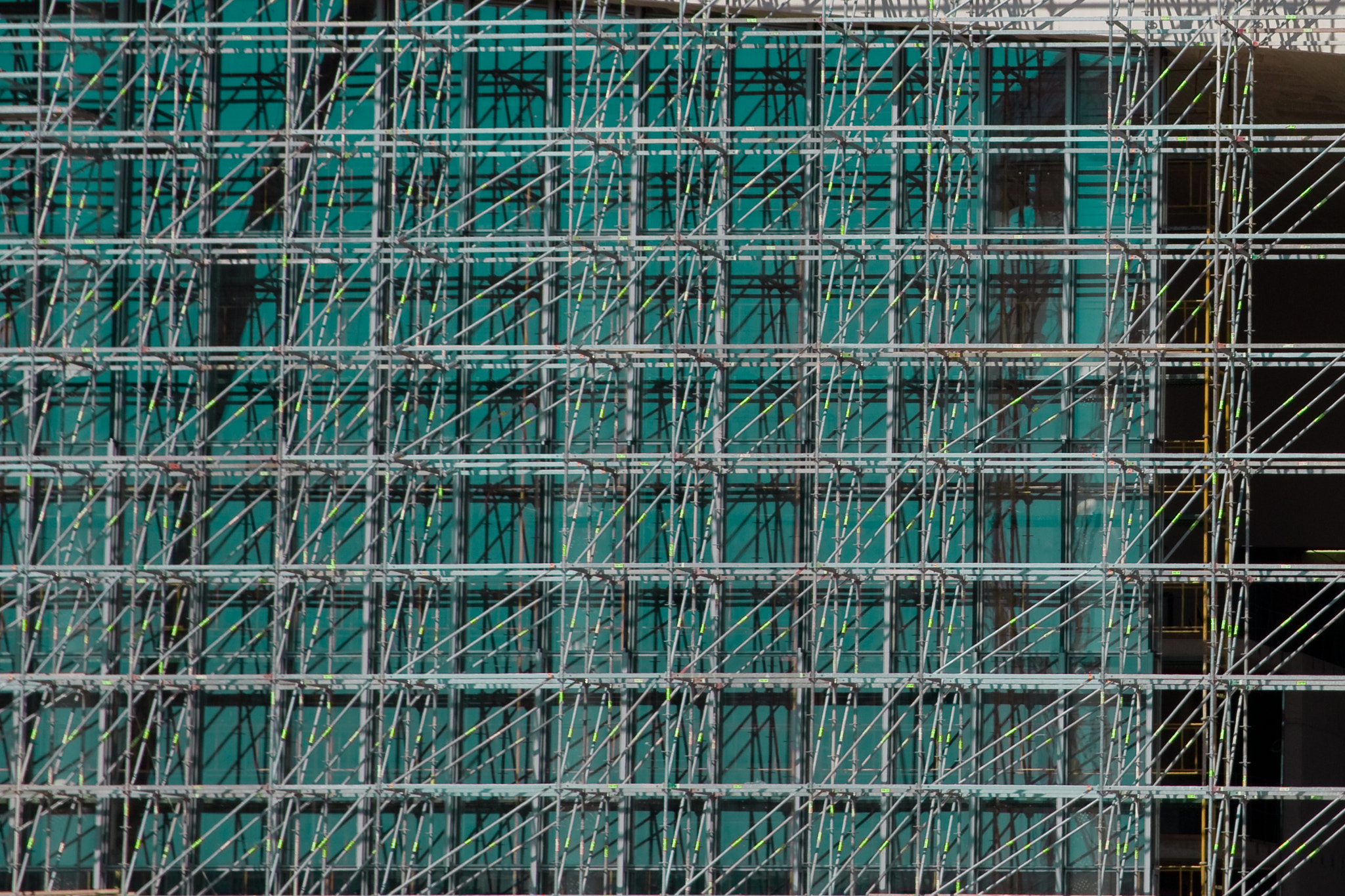
Properly mixing and refreshing acrylic paint is a fundamental technique for artists who rely on this adaptable medium
Acrylics dry quickly and can become unusable if not handled properly
When used correctly, you can prolong their usability and match perfect hues and textures for your creations
When mixing acrylics, start by selecting your base colors on a palette
Always work on a fresh, uncontaminated surface—whether it’s a ceramic palette or a disposable plastic sheet
Because of their intense concentration, even a dab can cover large areas—add incrementally
Use a palette knife for blending rather than a brush, as it gives you better control and prevents the paint from drying too fast on the brush
To lighten a color, use white acrylic, but be aware that it can mute other colors if overused
Instead of black, deepen shades with their color opposites to retain richness
Just a whisper of green into red creates a richer, more natural shadow tone
Rehydrating dried acrylic paint is possible, especially if it’s still in the tube or on a palette
Remove the hardened surface layer gently—then toss it out
Next, introduce a small amount of water and blend delicately using a knife or fresh brush
Give the mixture time—wait 3 to 5 minutes for full hydration
Too much water compromises the paint’s structure and weakens its bond to the surface
If the paint is still too stiff, repeat the process with smaller amounts of water until you reach the desired consistency
Distilled water is preferable because it lacks impurities that can affect the paint's quality
Place the entire palette in an airtight box with a damp cloth and leave it for several hours or overnight
Humidity gently reintroduces water into the paint’s core
However, site (skyglass.io) this method works best with high quality paints and may not be effective for student grade acrylics that contain more fillers
Always remember that adding too much water can turn acrylic into a watercolor-like wash, which may not be suitable for your technique
For smoother flow without weakening the film, opt for a dedicated flow improver medium
Unlike water, they maintain durability and color depth even at high dilution
Storage is key to preventing unnecessary drying
Cover your palette tightly with cling film, or invest in a wet palette with moisture-retaining sponge and parchment
Humidity and temperature swings degrade paint—store them in a climate-controlled space
Even if the nozzle is clogged, you can still salvage the paint by slicing the tube and scooping out the interior
With proper mixing and rehydration techniques, you can save money, reduce waste, and maintain consistent results in your artwork
Acrylics are forgiving, but they require attention to detail
Grasping acrylic behavior empowers you to manipulate them effortlessly for any artistic goal

